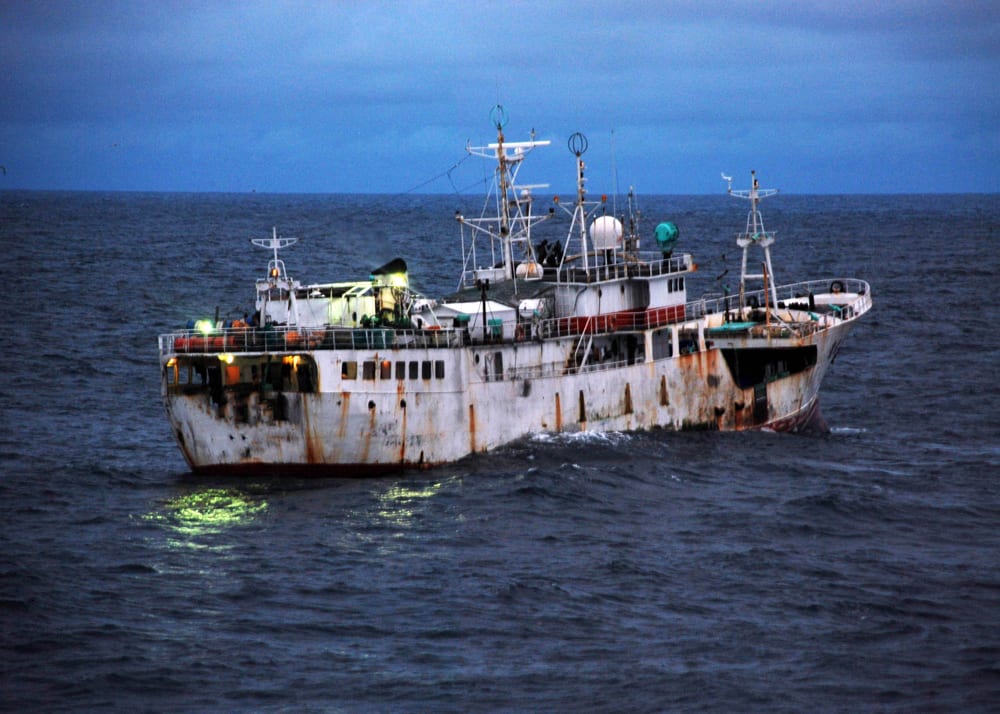Report | April, 2022
Transparency at Sea: The U.S. Lags Behind
Oceana’s analysis finds that the United States’ requirements for transparency of fishing vessels fall short of other countries’ requirements, including the European Union. These findings reinforces the need for the U.S. government to expand regulations and require more fishing vessels to use public tracking devices.
Public vessel tracking is enabled by automatic identification system (AIS), which was originally developed to increase maritime safety, reduce vessel collisions, and enhance awareness of vessel locations at sea, but it has also become an invaluable tool for monitoring fishing vessel activity at sea. These devices broadcast a vessel’s location, speed, direction, and other identifying information, providing key details that, when analyzed, can demonstrate when a vessel is fishing and infer what type of fishing it is engaged in. AIS is an inexpensive, easy-to-implement technology, and it should be required on more U.S. fishing vessels and the United States should require similar transparency of seafood imports. Expanding transparency will help bring to light suspicious behaviors, protect our ocean habitats and wildlife, and discourage illicit activity like illegal fishing and human rights abuses.
Key findings:
- Only 12% of the more than 19,000 commercial fishing vessels registered in the U.S. fleet are required to carry AIS devices.
- Expanding the requirement in the United States to vessels 49 feet and over would increase AIS usage by 65%, covering more than 1,500 additional fishing vessels.
Media Contacts:
- Megan Jordan, mjordan@oceana.org
- Dustin Cranor, dcranor@oceana.org




